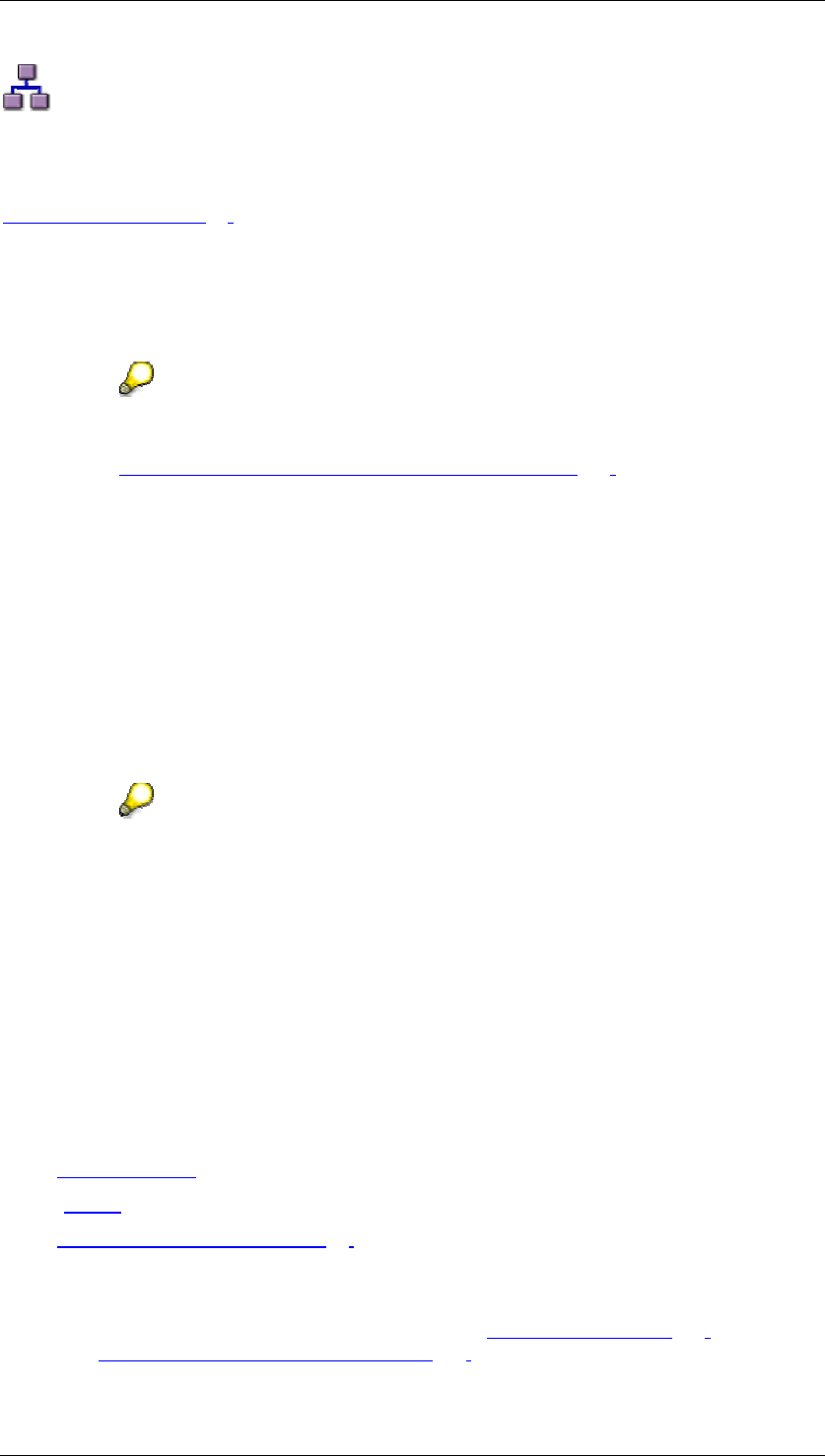
SAP Online Help 07.09.2004
SAP NetWeaver Visual Composer: User Guide 53
Using the BI Query Wizard
Purpose
The BI Query Wizard walks you through the process of creating a query using one of a set of
query templates [Page
57]. The wizard creates a data service in the Visual Composer
workspace configured with the query you choose.
After you select a template, you step through a set of screens and select appropriate values
from your data service to complete the wizard and generate the result. This result is
supported by an underlying MDX (for OLAP data sources) or SQL (for relational data sources)
statement.
You may also configure a query directly in a data service, by dragging the data
service directly onto the Visual Composer workspace. For more information, see
Configuring Queries Directly in Data Services [Page
123].
Prerequisites
• You have defined at least one BI system in the portal. A BI system is a system based
on the BI XMLA, BI ODBO, BI JDBC, or BI SAP Query Connector, or on the SAP
Connector against a BW system.
• You have created an iView in which to place your query before you launch the BI Query
Wizard.
• You are connected to a portal.
The BI Query Wizard and related functionality are installed by default with Visual
Composer. However, if you try to access the BI Query Wizard and receive a BI
Query Wizard not available message, you need to check that the required BI
components have been properly installed. To do so, see section 2.0 of the SAP
NetWeaver Installation Manual, accessed from SAP Help Portal at
help.sap.com\nw04.
Process Flow
The wizard’s workflow differs depending on which type of system and which template you
choose. The basic process flow is as follows:
...
1. From the BI menu, choose BI Query Wizard
2. Select a system
[Page
56]Select the data service upon which you want to base the query.
3. Select a query template [Page
57]
The list of available templates varies depending on the type of system (OLAP or
Relational) you have selected.
If you have selected a BW Web API system, you select a query [Page
121] in this step.
See Working With BW Query Views [Page
120] for more information.
4. Configure the query parameters
